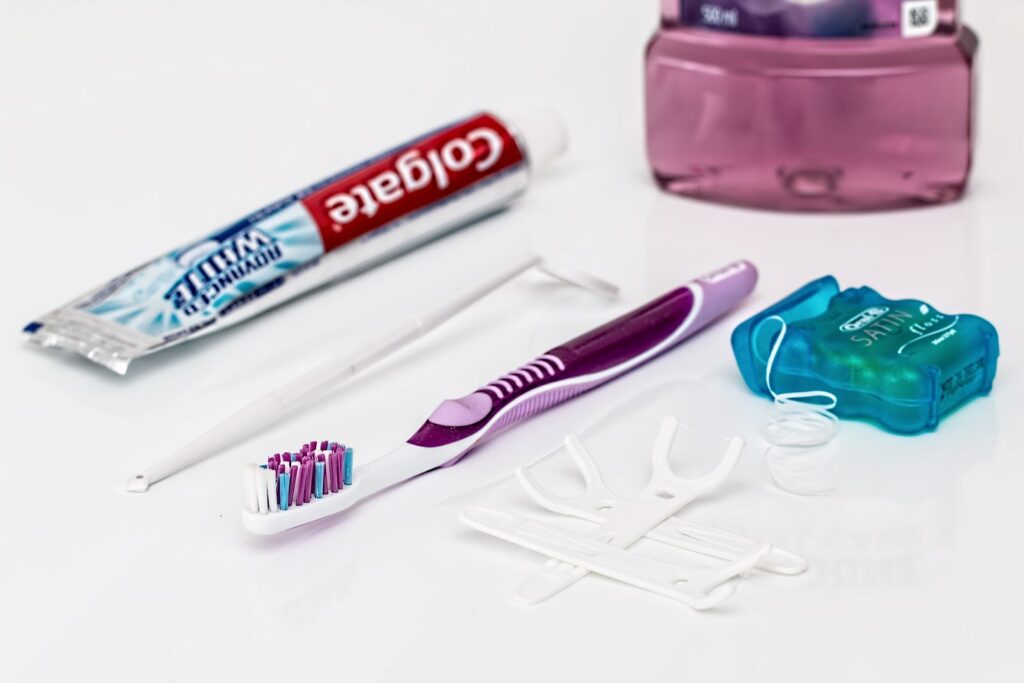Do you ever find food stuck between your teeth and can’t figure out how to get it out? Or maybe you find the built-up biofilm annoying as it forms in places you can’t reach, even with floss? You might find it relieving that you are not alone. Google searches for interdental brushes have increased by over 222% as people try to rid their mouths of lingering bacteria and food remains.
Interdental brushes are small disposable similar to floss but have a wire surrounding the bristles. This wire surround makes them great for scraping off plaque as it acts as a toothbrush between your teeth. But what do dentists have to say about them, and are they recommending them? Don’t fret. We’ve reached out to our friends over at Prav to help us understand everything about them.
Interdental Brush vs. Floss
The differences between interdental brushes and floss are unique for each individual, and depending on your teeth and gaps, you might find that one product works better for you than another. Floss is thinner and usually fits in tooth gaps, while interdental brushes don’t. With that being said, though, interdental brushes are proven to be more effective due to the bristles that can scrape off remains.
While floss can also remove some particles, it will leave behind some build-up. Finally, floss is usually cheaper and more commonly found in stores, but the benefits of interdental brushes are worth the extra cost.
Interdental Brush vs. Toothbrush
Typical toothbrushes are generally more efficient at cleaning teeth as a whole, but interdental brushes aim to reach between the tiny crevices where toothbrushes can’t fit.
The bristles on both are very similar and can disrupt the bacteria and prevent it from multiplying. Interdental brushes are tiny toothbrushes with the benefits of toothbrushing and flossing.
Pros of Interdental Brushes
- Provides thorough cleaning
- Bristles disrupt the formation of biofilm
- Can reach into relatively small areas
- Help prevent gum/mouth diseases
Cons of Interdental Brushes
- Brushes may not be able to fit into every space
- Costs can add up
- Can cause temporary bleeding
How To Use Them and When
Interdental brushes should be used once a day before brushing, just as you normally would do with flossing. Using an interdental brush before toothbrushing loosens unwanted particles, helping the toothbrush sweep them up.
- Insert the brush between each tooth, making sure it fits comfortably
- Softly brush the area to prevent unnecessary bleeding
Are They Dentist Recommended?
Dentists recommend using interdental brushes as evidence shows that they can improve oral health and prevent diseases. Studies have proven that interdental brushes are an effective method for reducing bleeding and plaque.
Davids Launches The Most Ergonomic Tongue Scraper(Opens in a new browser tab)
Final Thoughts
Next time you are standing in the toothpaste aisle at the grocery store trying to decide what to buy for your oral health, remember that interdental brushes offer significant benefits. They are smaller and may be easier to use than floss, which may result in you using them more often. Their tiny size makes them perfect for those hard-to-reach areas, and they easily remove build-up on your teeth. They would make the ideal addition for anyone trying to improve their oral health.
